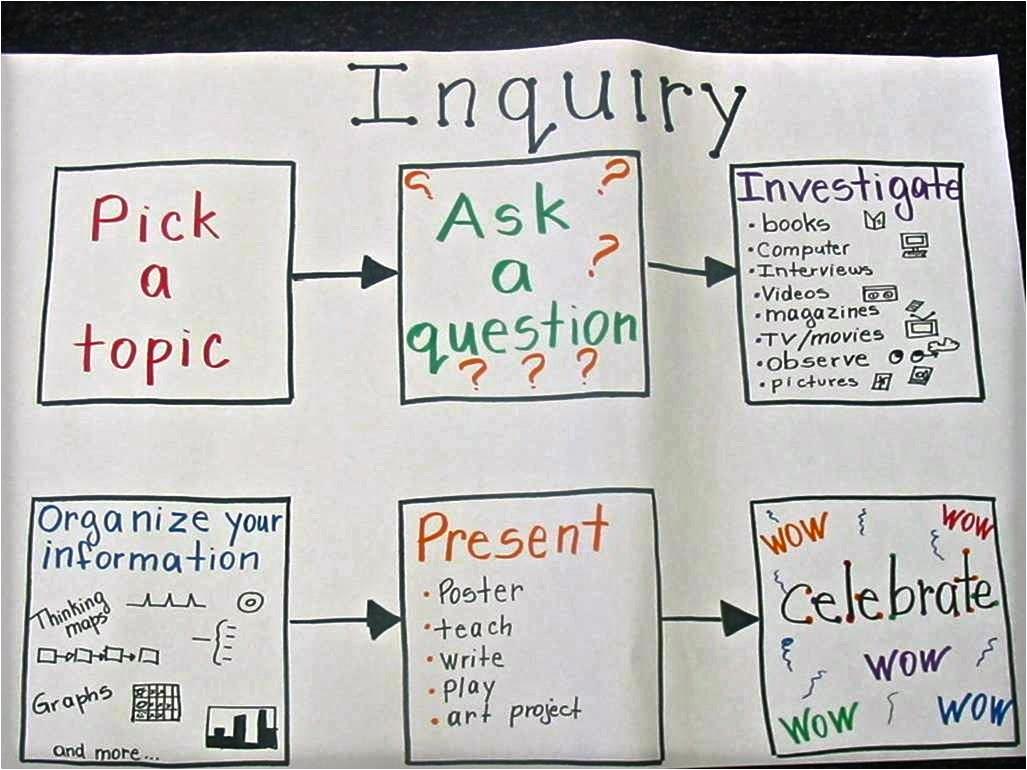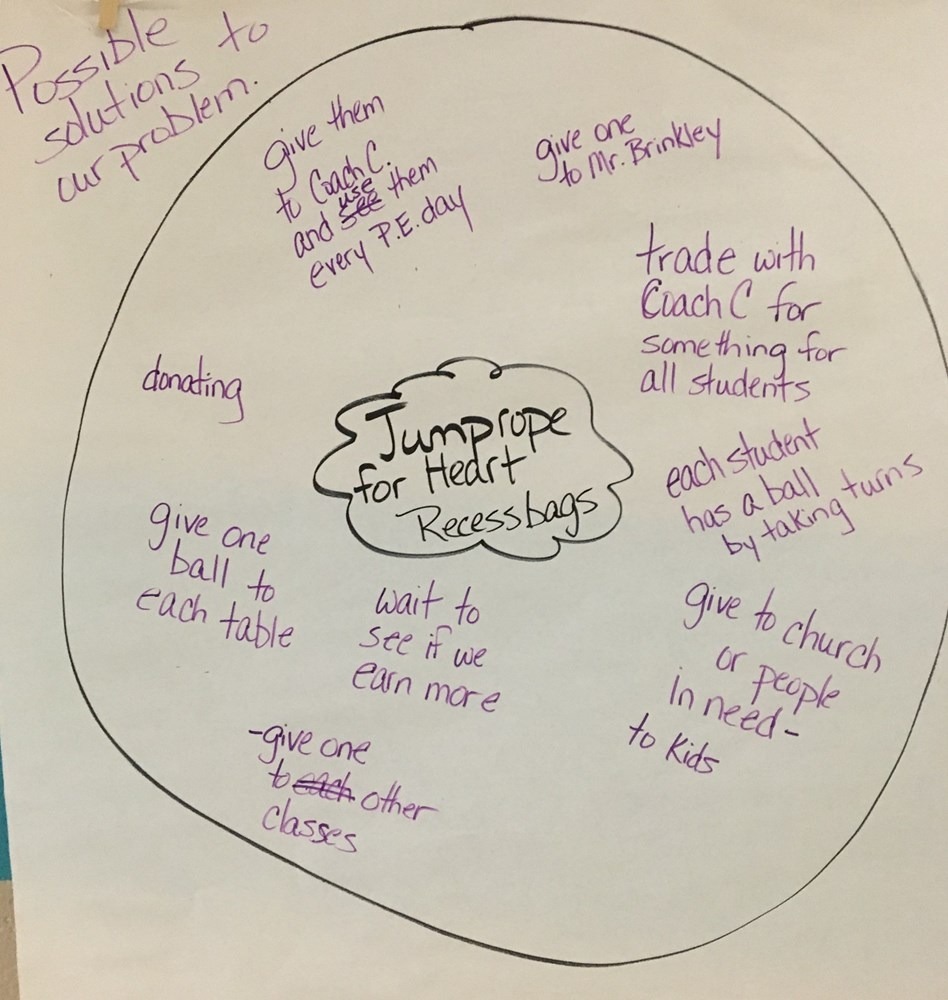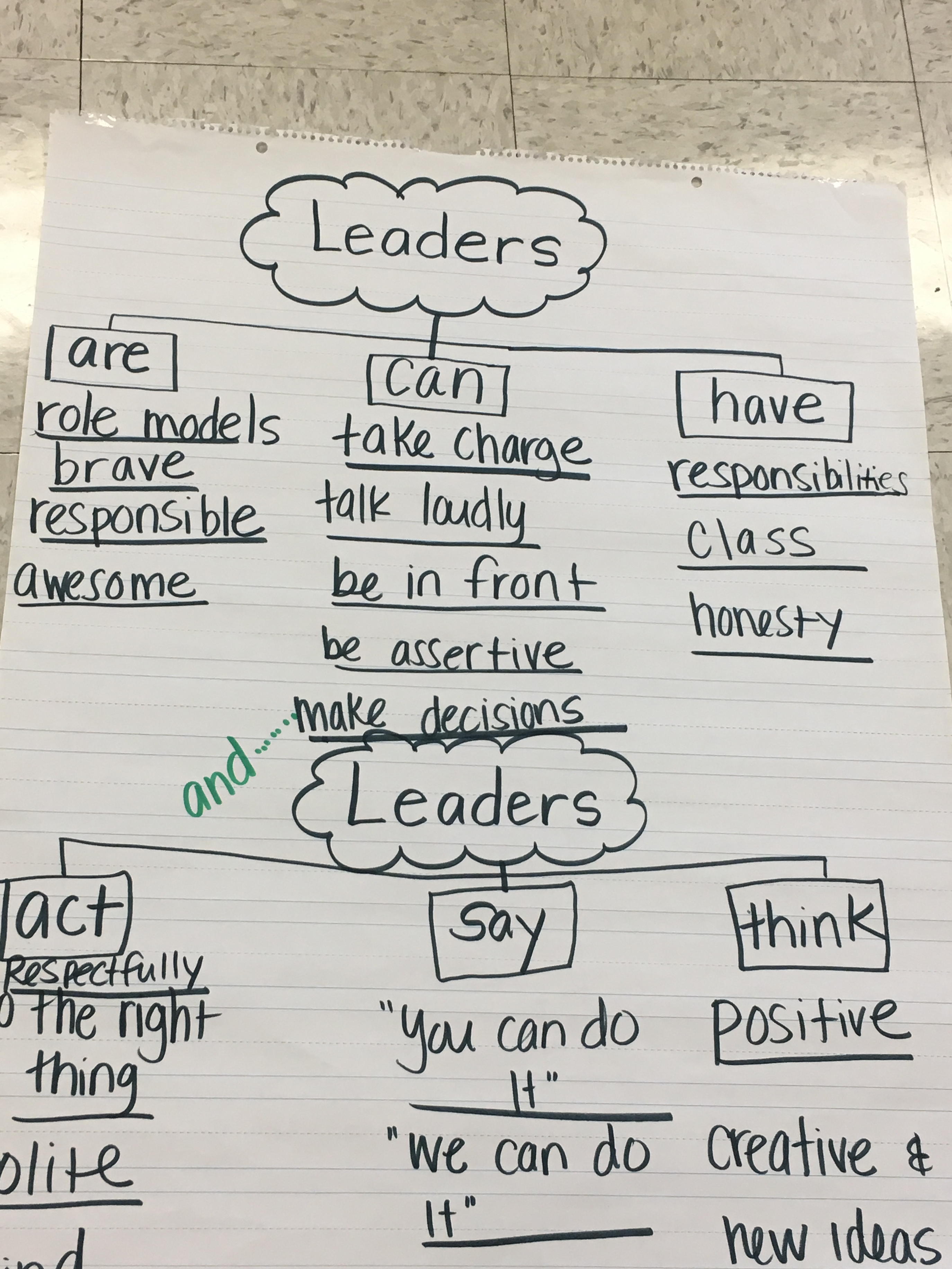Developing Thinking Skills for Project-Based Learning
NOVEMBER 15, 2023
Project-based learning (PBL) immerses students in engaging, real-world challenges and problems. But do all students have the skills they need to work within a PBL framework? PBL isn’t just about the final product—it’s about the thinking behind it. Thinking Maps can give students a framework for thinking, planning and organizing their ideas for successful completion of learning projects.
What Is Project-Based Learning?
Project-based learning (PBL) is a pedagogical approach that emphasizes students working on real-world projects over an extended period. PBLWorks, an initiative of the Buck Institute for Education, defines PBL this way:
Project-Based Learning is a teaching method in which students gain knowledge and skills by working for an extended period of time to investigate and respond to an authentic, engaging, and complex question, problem, or challenge.
PBL has roots dating back to the progressive education theories of John Dewey and other researchers in the early 20th century, but it has gained considerable ground over the last thirty years. Much of this interest has been driven by the focus on “21st Century Skills” and college and career readiness standards. Educators and employers recognize that for students to be successful in the knowledge economy, rote learning and memorization aren’t enough. Students need to develop the skills needed for lifelong learning, citizenship and participation in the information age—often referred to as the “Four Cs” (Critical Thinking, Creativity, Collaboration, and Communication). Project-based learning, with its open-ended, student-centric design, is often considered to be an ideal method to grow these skills.
In 2021, two gold-standard studies led by Lucas Education Research, a sister division of Edutopia, provided compelling evidence that PBL works. These studies, conducted by the University of Southern California and Michigan State University, showed that students learning in a PBL environment outperformed peers using traditional curricula on assessments, including AP tests. These results held for students of all academic backgrounds and demographics, including students from traditionally underserved or marginalized groups. Other studies have also demonstrated the effectiveness of PBL across a variety of educational contexts.
What makes PBL so effective? PBL requires students to engage deeply with concepts in the course of solving real-world problems or creating holistic end products. This student-driven, problem-based approach not only promotes higher levels of engagement but also requires students to develop skills in research, critical thinking, and creative problem-solving as they work toward their final project. Because projects are created in groups and often involve presentation of the final product, students also develop collaboration and communication skills as they work together with their peers.
Are Students Ready for PBL?
As magical as PBL sounds, it is not without its critics. PBL puts much more onus on the students to direct their own learning. Some critics argue that by focusing on in-depth projects, students might miss out on covering the breadth of content required by certain curricula or standards. Others argue that many students may not be equipped with the necessary critical thinking skills and foundational knowledge to complete projects successfully. If not implemented correctly, PBL can lead to projects that lack depth and rigor, leading to superficial understanding.
The Buck Institute, along with other researchers and educators, created the Framework for High-Quality Project-Based Learning to identify the criteria that lead to successful outcomes in PBL. These include:
- Intellectual challenge and accomplishment
- Authenticity
- Public Product
- Collaboration
- Project Management
- Reflection

Done right, PBL demands that students exercise higher-order thinking skills and take responsibility for their own learning. This shift from teacher-directed to student-directed learning supports deeper engagement and comprehension. However, PBL also demands a base level of competency in higher-order skills, including:
- Research skills and media literacy
- Critical thinking and creative problem-solving
- Metacognition, reflection and self-assessment
- Self-regulation and time management
- Social-emotional skills for collaborative teamwork
These skills must be explicitly taught and nurtured before students can be set free to complete student-directed projects on their own. Most students benefit from having a structured approach and a framework for developing these skills within the context of a learning project.
Thinking Maps as a Framework for Project-Based Learning
Thinking Maps provides an excellent framework for PBL. Thinking Maps, as visual tools, provide a structured way for students to organize, represent, and analyze information, which can be highly beneficial in a PBL environment. Here’s how they support the PBL process.
- Brainstorming: At the outset of a project, students often need to gather ideas, recall prior knowledge, and identify questions or challenges. Thinking Maps offer a clear and structured way to visualize these preliminary thoughts, helping students see connections, gaps, and potential directions for their projects.
- Organizing Ideas: As students delve into a project, they will need to gather information from many different sources. Thinking Maps can help them organize, categorize and synthesize this information, making it easier to understand, recall, and use effectively.
- Planning: PBL often requires students to manage their time and resources, sequence tasks, and determine relationships between different elements of their project. By providing a visual representation of the steps in the project, Thinking Maps can aid in the planning process, ensuring a more structured and systematic approach to project execution.
- Collaboration: Working in teams is a cornerstone of many PBL experiences. Thinking Maps serve as a shared visual language, helping teams communicate more effectively, align their thinking, and merge diverse perspectives.
- Critical Thinking: Projects challenge students to analyze information, identify patterns, compare and contrast ideas, and make informed decisions. Thinking Maps provide frameworks for these cognitive processes, supporting deeper analysis and more thoughtful decision-making.
- Reflection: A crucial phase of PBL is reflection, where students look back on their work, evaluate their performance, and identify lessons learned. Thinking Maps can facilitate this reflective process, allowing students to visually trace their project’s evolution, recognize strengths and areas for improvement, and find opportunities to extend their learning.



In essence, Thinking Maps serve as cognitive anchors throughout the PBL process. Integrating Thinking Maps throughout their projects gives students a framework for completing the various steps in their projects and activating the cognitive, metacognitive and self-regulatory skills needed to succeed in project-based learning.
Ready to learn more about Thinking Maps? Sign up for an upcoming webinar, or contact your rep for a demo!
More about Project-Based Learning
- For TMLC subscribers only: Exploring Project-Based Learning (TMLC Navigator article)
- A Framework for High-Quality Project-Based Learning (Buck Institute)
- PBLWorks (Buck Institute)
- Project-Based Learning Resources for Teachers (Education World)
- Project-Based Learning Teaching Guide (Boston University)
Continue Reading
May 1, 2025
Artificial Intelligence (AI) is transforming education, from custom content in a minute to personalized learning. But with this surge in AI adoption comes a critical challenge for educators and students alike—the need to strengthen critical thinking skills. While AI offers immense potential, it cannot replace the human ability to think analytically, question assumptions, and make independent judgments.
March 19, 2025
When we align instruction with the way the brain prefers to receive information, we can reduce the “cognitive load” of learning and help students maximize understanding, retention and recall. These six brain-based strategies can help educators improve learning outcomes and make learning more fun and efficient.
January 15, 2025
Rather than simply memorizing facts, students with strong critical thinking skills learn how to connect ideas, identify patterns, and make informed decisions—key abilities in a rapidly changing world. These higher-order thinking skills at the core of critical thinking push students beyond rote learning to actively engage with content. In fact, closing the critical thinking gap is one of the most effective ways to accelerate learning for students who are struggling to learn grade-level content.
November 15, 2024
Critical thinking is a cornerstone of success in all aspects of life—not only in academics and on the job, but also in personal decision-making, relationships, and citizenship. And yet, critical thinking skills are rarely explicitly taught. Student-directed activities grounded in real-world problems and applications can help students develop the critical thinking skills they need for everyday life.